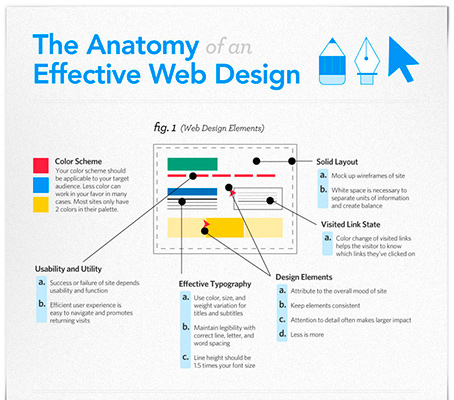Eager To Find How Web Site Style Has Transformed In Time? Dive Into The Development From Simpleness To User-Focused Experiences
Eager To Find How Web Site Style Has Transformed In Time? Dive Into The Development From Simpleness To User-Focused Experiences
Blog Article
Material Author-Booker Molina
In the past, internet sites were easy and concentrated on details. Navigating was direct, and design was for desktop computers. Now, customer experience is crucial. Data overviews styles for easy navigation. Responsive layouts match various devices. Today, dark mode minimizes pressure, and minimalist food selections improve navigating. Interactive functions engage users, and vibrant visuals attract attention. AI combination improves interaction. See how design has actually progressed to improve your on-line trip.
Very Early Days of Web Design
In the very early days of website design, simpleness reigned supreme. Web sites were standard, with restricted shades, fonts, and layouts. The focus was on supplying information rather than showy visuals. Users accessed the internet with sluggish dial-up links, so speed and functionality were crucial.
Navigation food selections were straightforward, typically located on top or side of the page. Sites were designed for computer, as mobile browsing had not been yet common. Material was king, and designers prioritized simple readability over complicated design aspects.
HTML was the primary coding language made use of, and developers needed to work within its constraints. Computer animations and interactive features were marginal compared to today's standards. Web sites were fixed, with little dynamic web content or tailored customer experiences.
Increase of User-Focused Design
With the evolution of internet site style, a change towards user-focused design principles has actually ended up being significantly famous. Today, creating internet sites that focus on customer experience is essential for engaging site visitors and achieving company objectives. User-focused design includes understanding the requirements, preferences, and habits of your target market to tailor the internet site's layout, content, and features as necessary.
Designers now perform detailed research, such as user studies and functionality testing, to gather insights and responses directly from individuals. This data-driven method aids in developing intuitive navigation, clear calls-to-action, and visually enticing interfaces that resonate with visitors. By positioning the individual at the facility of the layout procedure, internet sites can provide a much more individualized and delightful experience.
Receptive design has actually likewise become an essential facet of user-focused design, guaranteeing that internet sites are optimized for various gadgets and display sizes. This versatility improves availability and use, accommodating the diverse methods customers connect with web sites today. In essence, the surge of user-focused design indicates a shift towards creating electronic experiences that prioritize the requirements and assumptions of completion customer.
Modern Trends in Web Design
Check out the most up to date patterns shaping web design today. https://www.mediaupdate.co.za/marketing/151711/three-ways-storytelling-impacts-digital-marketing is dark setting design, using a streamlined and modern-day look while reducing eye stress in low-light settings. An additional essential trend is minimalist navigation, streamlining food selections and improving individual experience by concentrating on essential elements. Incorporating micro-interactions, such as animated buttons or scrolling results, can produce an extra appealing and interactive website. Receptive design stays important, ensuring smooth individual experiences throughout various tools. In addition, using vibrant typography and asymmetrical designs can add aesthetic passion and accentuate specific web content.
Incorporating AI innovation, like chatbots for client support or tailored recommendations, enhances individual involvement and simplifies processes. Access has likewise end up being a substantial fad, with designers prioritizing inclusive style practices to satisfy varied individual requirements. Accepting https://www.ospreyobserver.com/2022/07/digital-neighbor-welcomes-student-interns/ by enhancing website performance for rate and efficiency is another emerging trend in website design. Teaming up with individual responses and data analytics to iterate and enhance style continuously is essential for remaining appropriate in the ever-evolving digital landscape. By accepting these modern trends, you can create an aesthetically appealing, easy to use website that reverberates with your target market.
Verdict
As you review the development of site design from the early days to currently, you can see exactly how user-focused layout has become the driving force behind modern-day trends.
Accept the journey of modification and adaptation in website design, constantly maintaining the individual experience at the center.
Tippingpointdigital
Keep existing with the most recent trends and innovations, and never quit evolving your method to create aesthetically spectacular and user-friendly websites.
Evolve, adjust, and create - the future of web design remains in your hands.
